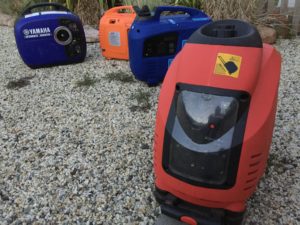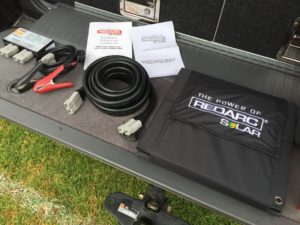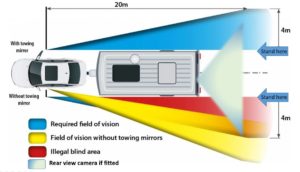4 Generators Tested. What is the best RV generator?
The results will surprise you...!
Generators....! They’re noisy, smelly, and heavy and if you use one in a campground, you can be can be made to feel like a leper in a nudist colony. What’s more, they can be very expensive to buy, you don’t use them all that often and, when you do, you may find that they won’t run the appliances you thought they would. So why on earth would you buy one?
The truth is, a generator can be a very useful piece of kit especially if you do a lot of free camping and you have appliances like fridges, mobile phones, laptops or perhaps some medical equipment that relies on you having sufficient battery power for long periods of time. Yes, a good solar setup will work well most of the time but the sun doesn’t shine all day every day. At some point you will need a backup power source of some description and a generator is a convenient option.
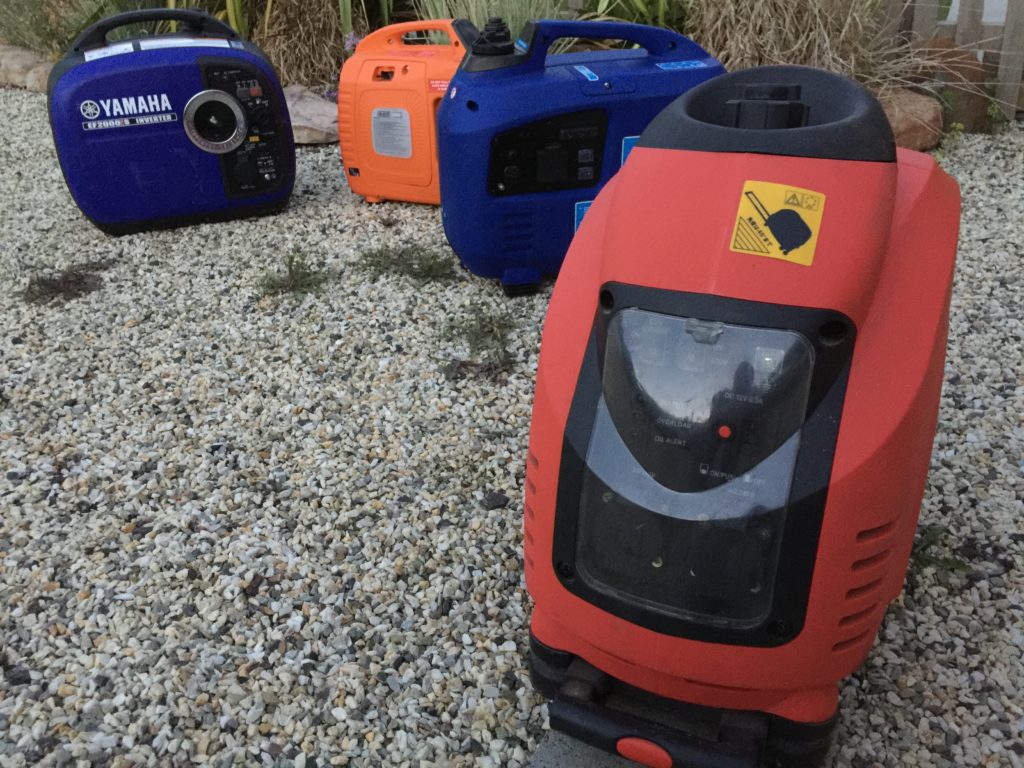
But how do you decide which one to buy? The range of available generators is seemingly endless. Do you buy a brand name or a cheap Chinese unit from eBay? How many watts do you need? Where are you going to store it? These are some of the decisions you will need to make if you intend to buy a generator for your RV.
Here we have brought together a collection of 4 used generators. They represent a broad spectrum of what’s available on the market and we’ve put them to the test in an effort to help you decide which one is best for you. The candidates are:
| Make and Model | Purchased From | Maximum Output | Nominal Output | Approximate Price |
| Black Ridge BRG 800 | SupaCheap Auto | 930 watts | 800 watts | $589.00 |
| Yamaha EF 2000iS | MyGenerator.com.au | 2,000 watts | 1,600 watts | $1,749.00 |
| X-Plorer G2500 | eBay | 2,000 watts | 1,700 watts | $ 540.00 |
| Vector Power 4400 | eBay | 3,520 watts | 3,080 watts | $ 850.00 |
Now…I will acknowledge the Honda EU20i is not in this group and I apologise to anyone who feels aggrieved by this. The truth is I had to collect all these generators myself without any assistance from any outside organisation. Franky I was lucky to have this many generators at hand in the first place. The presence of the Yamaha covers the need for a ‘name brand’ in the mix and, as it turns out, I don’t believe having the Honda would have made a difference to the outcome.
All these generators have been sitting around idle for various lengths of time, as much as 5 years. This is fairly typical of how most RVers will actually use a generator. You buy them new, fill them with oil and fuel, run them to make sure they work, then store them in your RV waiting for that day when your batteries are in desperate need of a recharge.
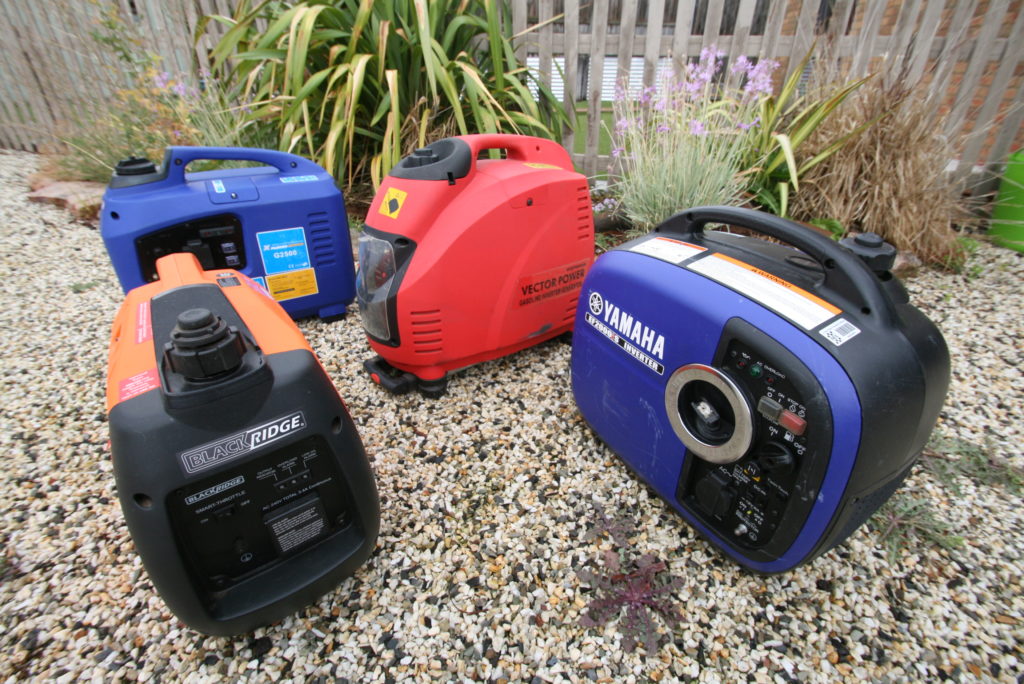
In terms of availability on the market, the X-Plorer and the Vector Power are older models although similar units with similar specifications can be purchased online. The Yamaha and the Black Ridge are both current models.
The first test was to weigh each one and compare that with what the original specifications. There were a few surprises. The Yamaha and the Black Ridge were spot on with their dry weights whereas the X-Plorer and the Victor Power were both heavier. All had engine oil in them but that would not have been sufficient to account for any discrepancies.

The next test was to put some fuel in them and fire them up. I expected the Black Ridge to be the most difficult to get going as it had been idle for the longest period of time. To my surprise it fired up on the third pull of the cord and ran perfectly well. The X-Plorer also fired up very quickly however the starting process is a little fiddly. It’s the only unit here to have a primer bulb that needs to be depressed several times to get some fuel into the system. It’s an antiquated concept and the bulb is prone to damage and long term weathering, but it does work. You just need to be careful not to over prime the system and flood the carburettor. I also noticed the zip cord was not as smooth as the others. It works but it felt a bit rough.

The Yamaha started on the second pull of the cord. I expect this was due to the fact it had likely been used more recently than the others. It ran smoothly once it got going. Something to note is that the grip on the cord had broken at some stage during its life which suggests it’s not as strong as it should be.
The Vector Power was reluctant to get going. After about 5 pulls of the cord, there wasn’t even a hint that it would start. An examination of the internals didn’t reveal any issues so I just persevered with a few more attempts until it eventually fired up. I have no real explanation for this other than it must have been sitting for so long that the fuel system was completely dry and it needed a bit of effort to get going.

Next test was to check noise levels while under load. Now admittedly I only used a 150 watt halogen flood light as the test load but there were two reasons for this. It’s a known constant load and it provides a good test for the economy mode on these generators. This mode automatically adjusts the throttle to the minimum required for any given load in an effort to reduce noise and fuel consumption.

To do the test, we ran each generator in normal mode with the load on and measured the decibel rating from a distance of about 1m away and then from about 5m away using an iPhone app. It’s worth noting the measured noise levels were amplified because the test was done in my backyard surrounded by fencing. Previous testing of the X-Plorer in an open area had resulted in lower measured sounds levels.
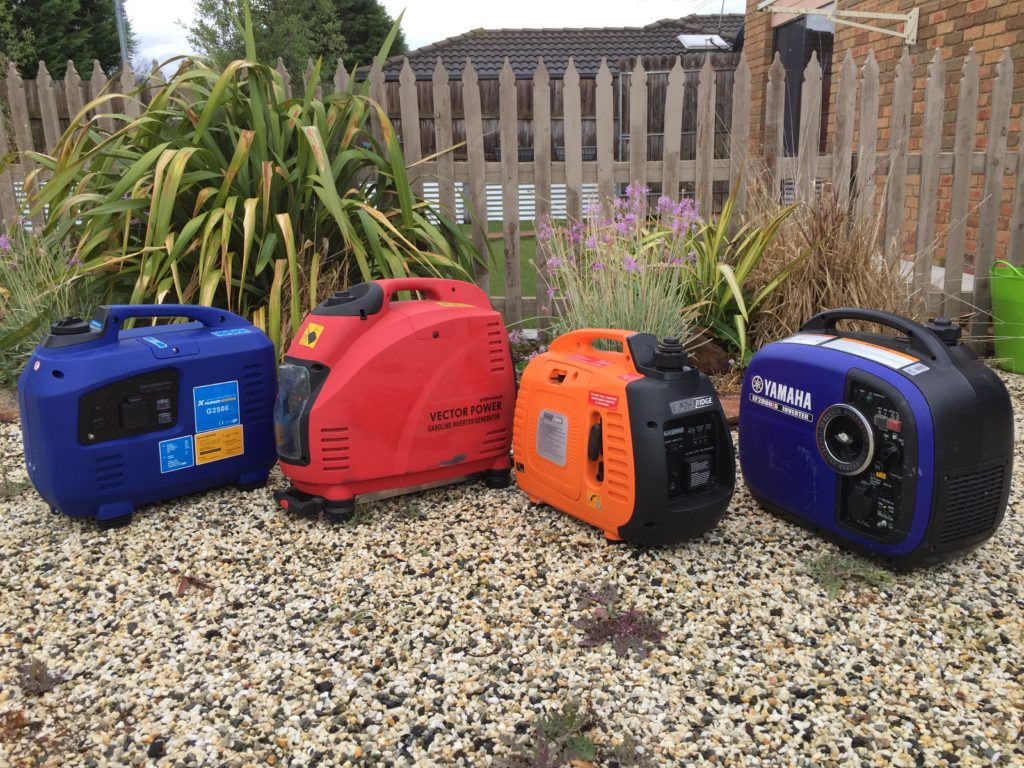
After this, the generators were then switched into auto-throttle or Economy mode and all showed a measurable and appreciable decrease in sound levels.
Just quoting a decibel reading is not really a good indication of how obtrusive the noise from a generator can be. All measured the same noise level up close, but, in practice, the Yamaha sounded significantly quieter and it was easily the least offensive. The tone of the motor is quite different to the others. A close examination of the exhaust port shows the possible reason for this. The spark arrestor looks like a thick wad of steel gauze which would muffle the noise. The others had little more than fine mesh over the outlet.
The Black Ridge was the next best. Compared to the Yamaha, it was just a slightly higher tone. It’s the smallest unit in this group so you would expect it to be a bit quieter than the others.
The X-Plorer and the Vector Power were both noticeably nosier than the other two and it showed in the decibel readings from a distance. The Vector Power wasn’t helped by the occasional rattling of it’s built in trolley wheels.
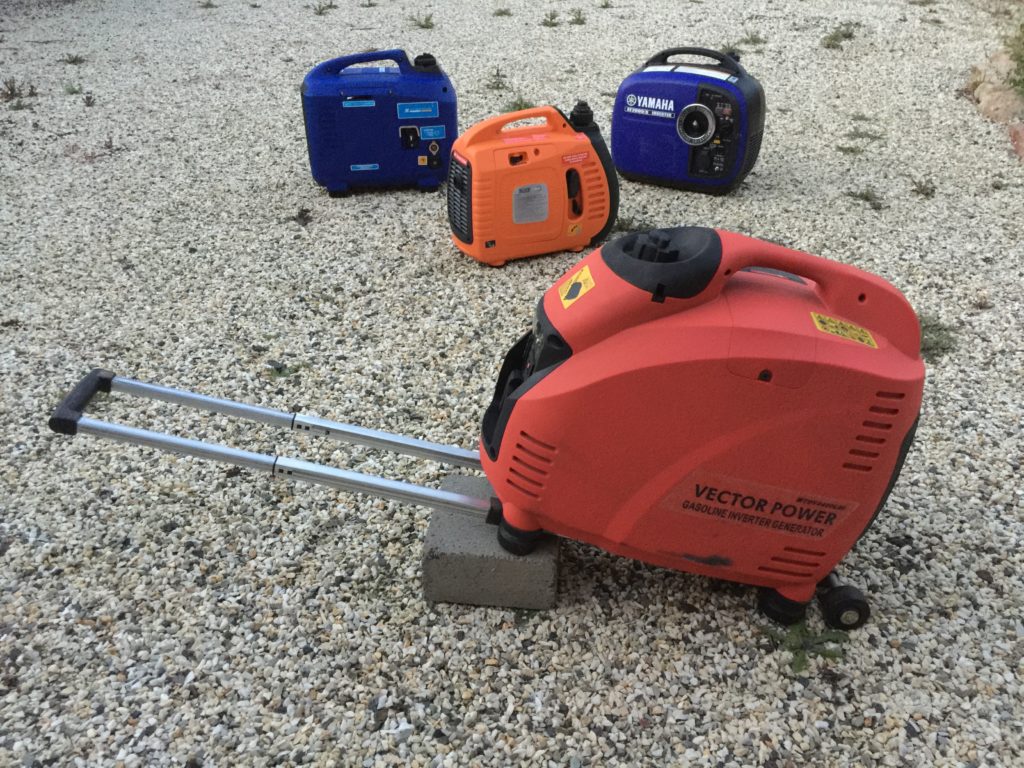
The last part of this test is the “how easy is it to live with” test and, I can assure you, this is the bit you will want to take most notice of. First off, only the Yamaha has all its controls and plugs on one panel. They are logical and easy to operate. The others have their choke on one side, the output plugs and switches on another and the fuel supply cut-off somewhere else. The Black Ridge is not too bad as it’s a very basic generator. The other two take a bit of getting used to.
The Yamaha also stands out as its only one to have a fuel gauge. You will have to guess how much fuel you have left in the others.
All the generators had a filter in the fuel filler nozzle reducing the risk of dirt contaminating the fuel supply.
But by far the biggest bugbear is the weight of these things…! The Vector Power, at over 30kg, is a nightmare to move around. Yes, the extension handle and wheels make life easier but they are not much use on uneven surfaces. It is physically larger than the others so it may not fit in your generator storage. It didn’t fit into ours.
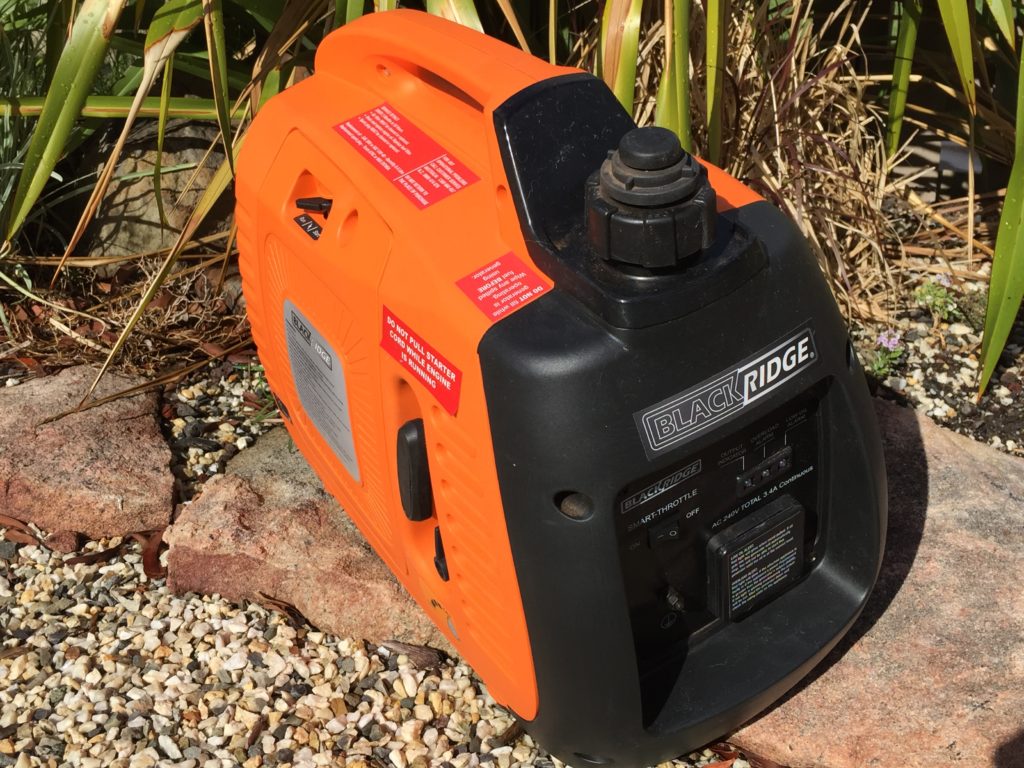
The Yamaha and the X-Plorer have similar physical dimensions and both are about 10kgs lighter than the Vector Power, however they may still present a challenge for some owners to handle. Fortunately they will fit in most generator boxes thereby limiting the about of movement and effort required to store them.
The Black Ridge was the easiest to live with by a wide margin. At a mere 15kgs, it’s noticeably lighter than the others. It’s also slightly smaller so you’ll have fewer issues with storage. It really is a pleasure to use.
So, which one would we recommend?
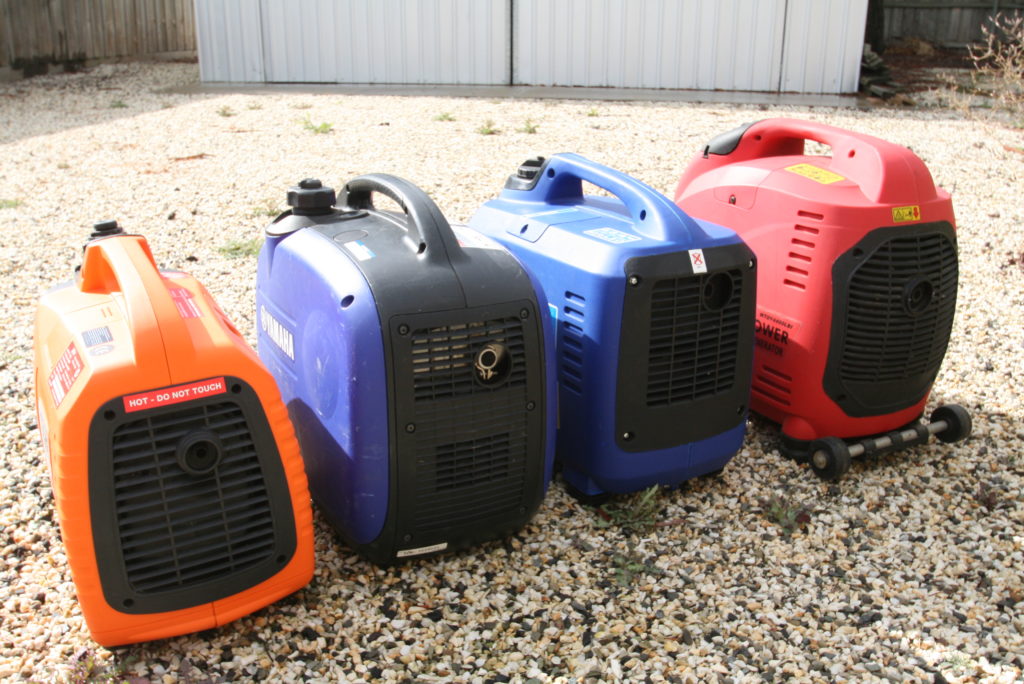
The first one to strike off the list is the Vector Power. It’s just too big, too heavy, too noisy and there’s a question mark over its reliability. All that aside, there simply is no need for that amount of power in a caravan or camper trailer unless you had a big rig with dual air conditioners or you want to run 2 caravans off the one generator, which it could do. If you want to be prepared for the zombie apocalypse, it makes for a good backup generator at home, but for RV use, it’s not the ideal choice.
Separating the Yamaha and the X-Plorer was a bit of a challenge. They are both the same size and weight but where the Yamaha is easier to use, was quieter and has lots of neat features, the X-Plorer, and other cheaper Chinese units like it, are half the price. Both have sufficient power to run an air conditioner but you have to ask yourself how often you will actually need to do this. In my opinion, for free camping, I think you’re far better off acclimatising to the conditions and save the air conditioner for the caravan parks. If you really must have your air conditioner (or other high wattage appliances) running wherever you go, then the Yamaha would be a wise investment. If you only anticipate needing that much power very occasionally then save some cash and get a cheaper unit from eBay.
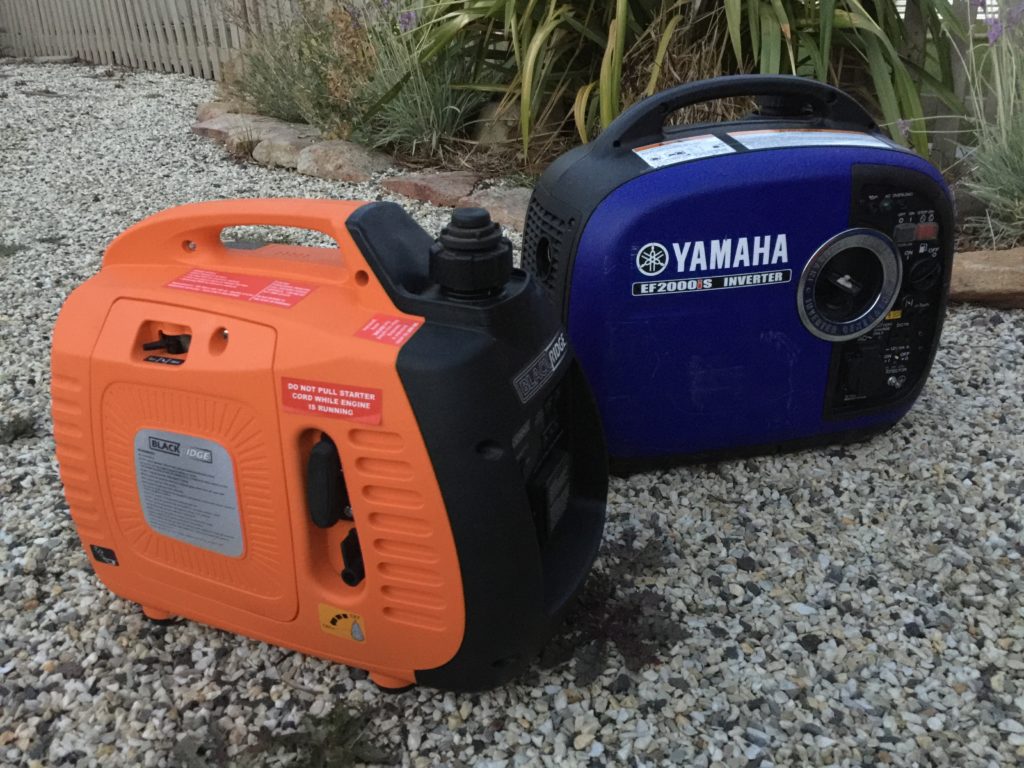
From a purely practical perspective, we have to give the nod to the Black Ridge. It’s smaller and lighter than all the others, it’s easy to use and it’s a fair bit cheaper. You’ve got more chance of finding a convenient place to store it and it will run a 25 amp battery charger with ease. It’s also backed up by an Australia-wide warranty.
Most modern caravans built with free camping in mind will have sufficient battery capacity and solar charging to last around a week off the grid but, occasionally, when the sun doesn’t shine, you will appreciate the security a generator offers and, for that reason, the Black Ridge makes a lot of sense.
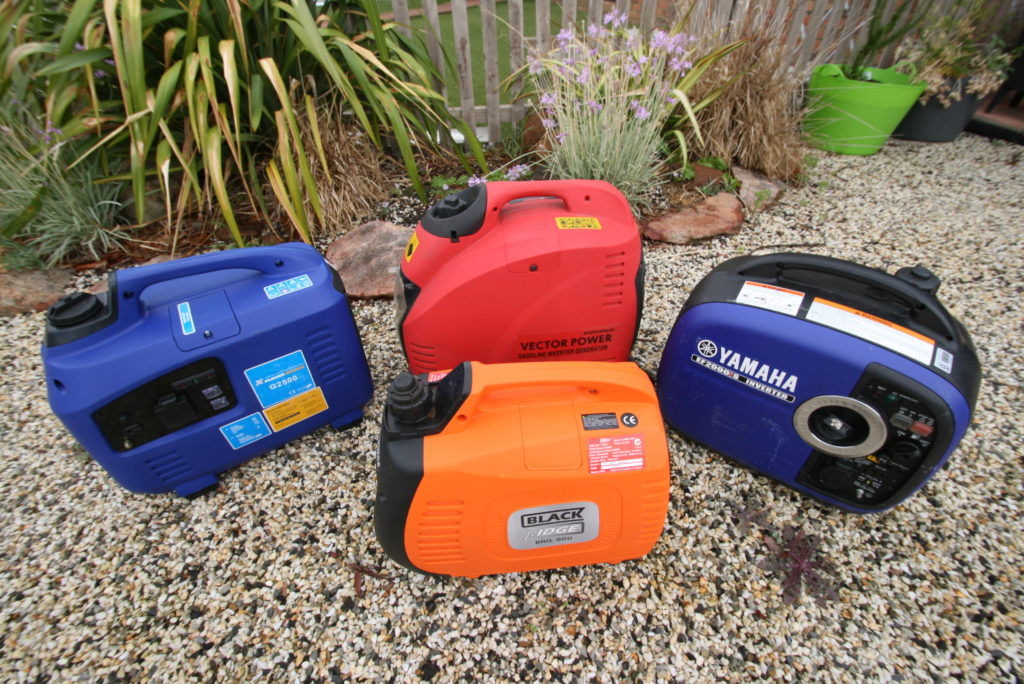
| Vector Power 4400 | X-Plorer G2500 | Yamaha EF 2000iS | Black Ridge BRG 800 | |
| Specified Dry Weight | 29kg | 19kg | 20kg | 15kg |
| Actual Weight | 36kg | 23kg | 24kg
(full fuel tank) |
15kg |
| Specified Noise Level
(7m away) |
59db | 58db | 51.5db
(at 1/4 load) |
68db |
| Peak Noise Level normal mode
(1m away) |
106db | 106db | 96db | 96db |
| Average Noise Level normal mode
(1m away) |
80db | 80db | 80db | 80db |
| Averagel Noise Level Normal Mode
(5m away) |
82db | 83db | 78db | 79db |
| Average Noise Level Economy Mode
(5m away) |
80.5db | 77.1db | 73.5db | 77.5db |
| Ease of Use | 5/10 | 7/10 | 9/10 | 8/10 |
| Reliability | 6/10 | 7/10 | 8/10 | 8/10 |
| Quality | 8/10 | 7/10 | 9/10 | 8/10 |


